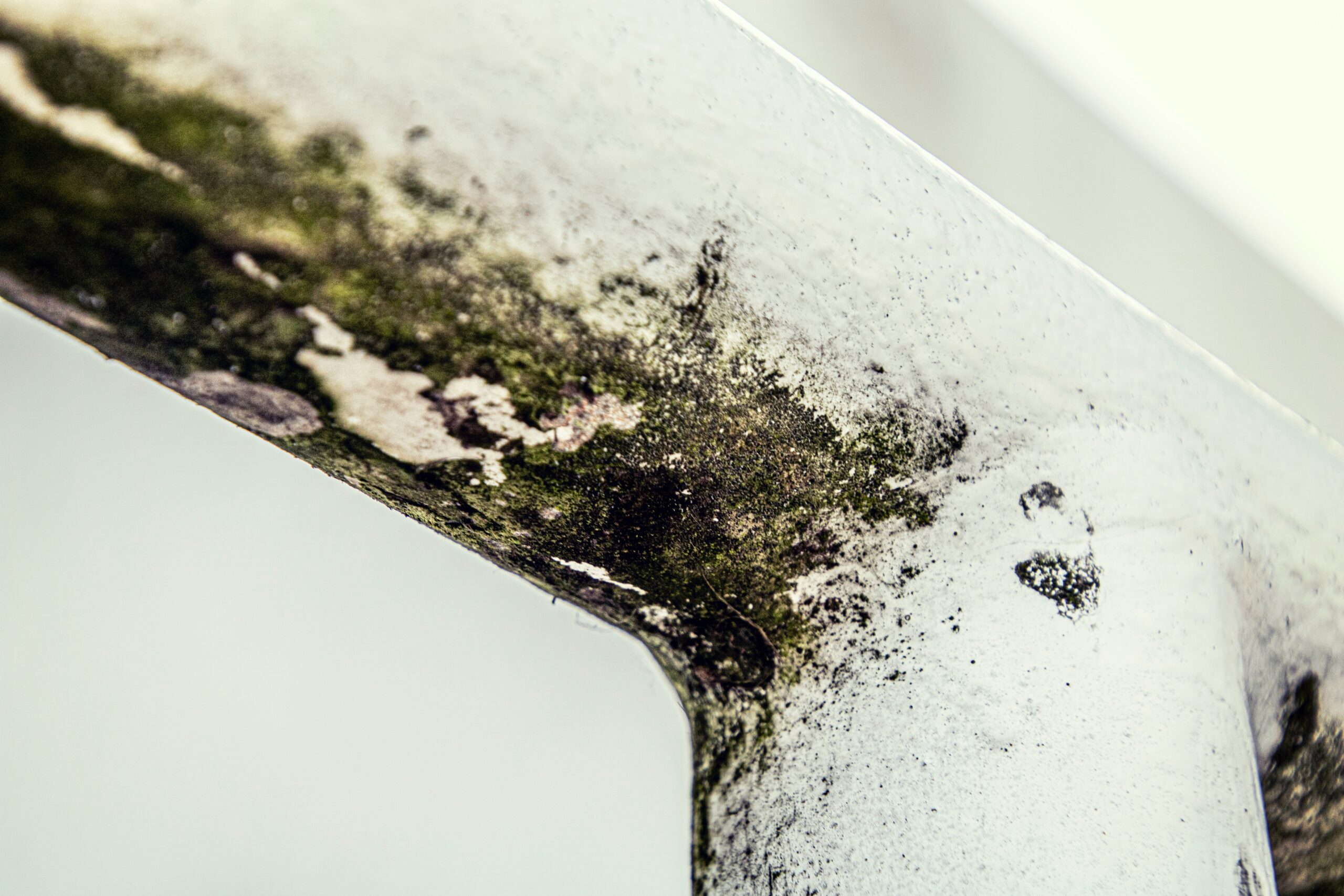Now that I have grabbed your attention with this sexy headline, let’s begin with a story from a few years ago to identify the difference between defects.
I had a Seller I was working with who shared with me that he had a small amount of water seep into his basement. The home was about 10 years old and was not covered under any builder warranties. The homeowner hired a company to identify the issues and repair the crack. Interestingly, the repair is fascinating in itself where the contractor injects a resin compound into the crack sealing it up. Question: does this need to be disclosed? Here is a similar situation – a homeowner had a wet basement and had a repair company dig up the foundation from the inside, laying new weeping tile and then covering them with cement. After the repair was completed, the homeowner created a legal basement apartment and there has been a tenant occupying the apartment for 5 years, with no water issues. Does this need to be disclosed?
Let’s begin by looking at how the two types of defects are defined. A patent defect is a defect that is visible to the eye, whereas a latent defect is one where it is hidden and cannot be seen easily.
It is common for a home inspector to find a list of patent defects when doing an inspection. Cracked windows, issues with plumbing or electrical items that were incorrectly installed or a crack in the heat exchanger inside the furnace are all defined patent defects. Latent defects are hidden from sight, not deliberately (we assume,) but are difficult to identify. A leaky basement, structural issues including making structural alterations without permits, well or septic issues and even mould issues. The simple difference is that one is visually apparent and the other is hidden from sight.
When it comes to latent defects, knowledge is a key component of liability. As it is impossible to disclose something a homeowner has no knowledge of, some issues may be impacting the property without the owner being aware of them. Septic systems may be operating properly but upon inspection, they may be needing to be replaced or in the case of insect infestation, a home may be impacted by termites without the owner’s knowledge. The liability falls on items that are known and not disclosed by the owner. As mentioned earlier, water seepage is a common issue and if not disclosed the Seller would be held accountable through litigation.
I have been in homes where load-bearing supports in basements have been removed, supporting main floor walls have been taken out without proper supports and where sump pumps had been discharged onto town property. In fact, one home had all of the basement supports removed, and the main floor was so “off-level” that we noticed a golf ball in a bedroom and let it roll across the floor crashing into a wall.
The onus is on the Seller to disclose any latent issues they are aware of and the due diligence is placed on the Buyer to know what they are buying if there is an unknown latent defect. It comes down to protecting yourself for Buyers and Sellers on both sides of the transaction.
In the current busy market, very few homes are being sold conditionally upon a home inspection, and the Buyer is required to trust that any defects that are known by the Seller are disclosed. In most cases people are honest, however, there may be some who choose not to disclose issues.
The first two examples I mentioned would be best handled by the Seller disclosing that a foundation crack had been repaired, and in the case of the new weeping tile being installed, it would be seen more as a benefit to the Buyer once disclosed rather than a hindrance to a sale.
Honesty is always the best course of action.
If you have any questions surrounding defects, or if you are in need of a Real Estate Broker who has experience in marketing properties with some “flaws,” I can be reached at lindsay@buyselllove.ca or 905-743-5555
Connect with us on Facebook, Instagram, LinkedIn and YouTube.

One response to “What is a Latent Defect? Or a Patent Defect?”
Great information for Buyers & Sellers!